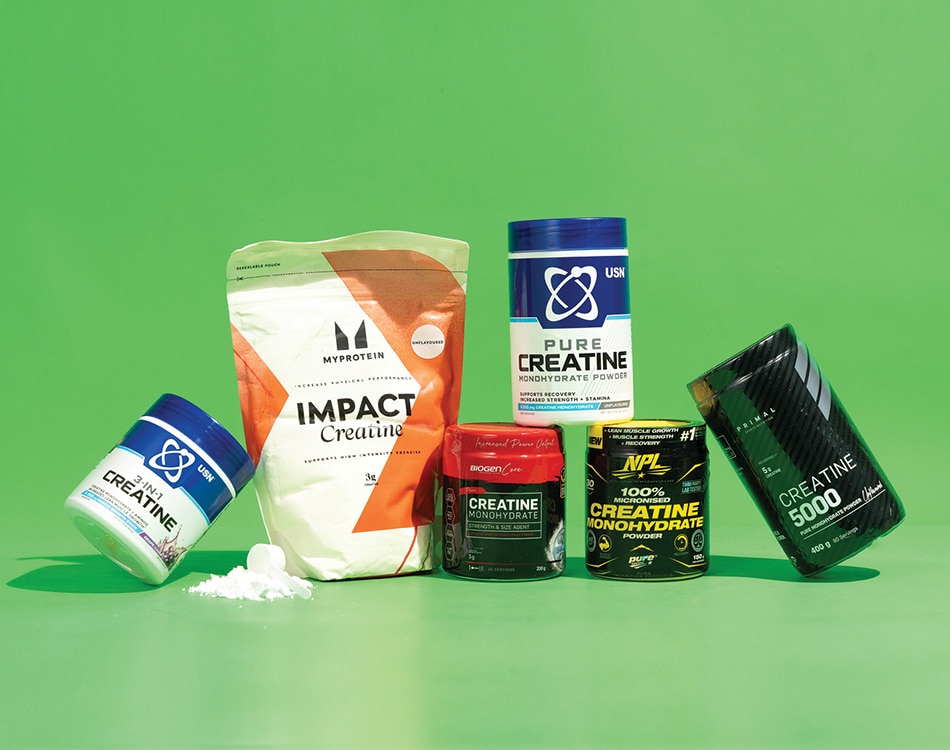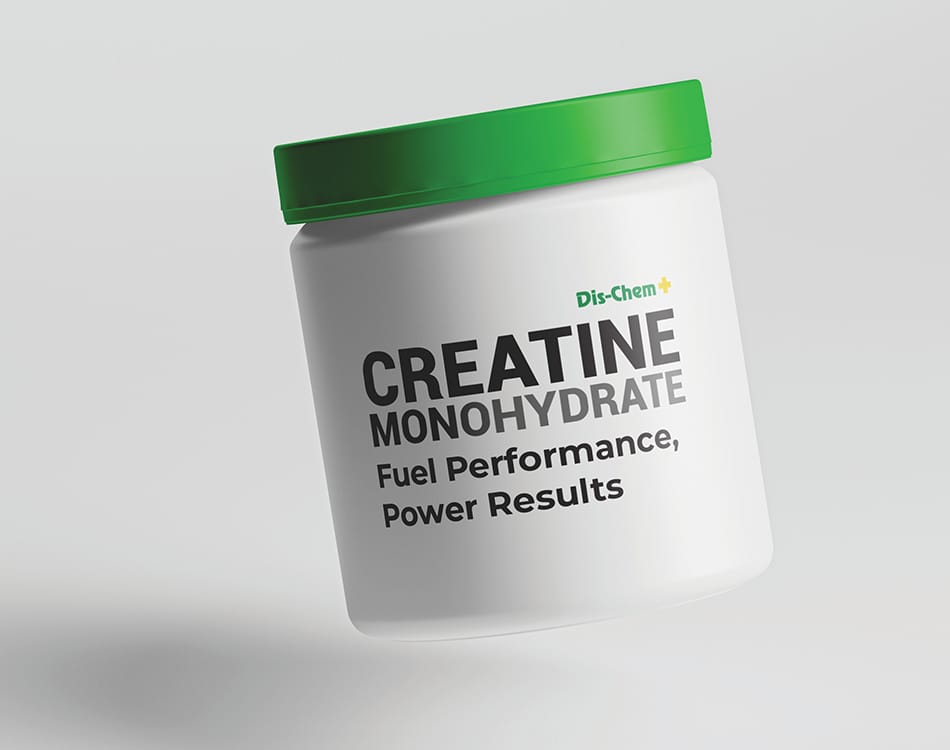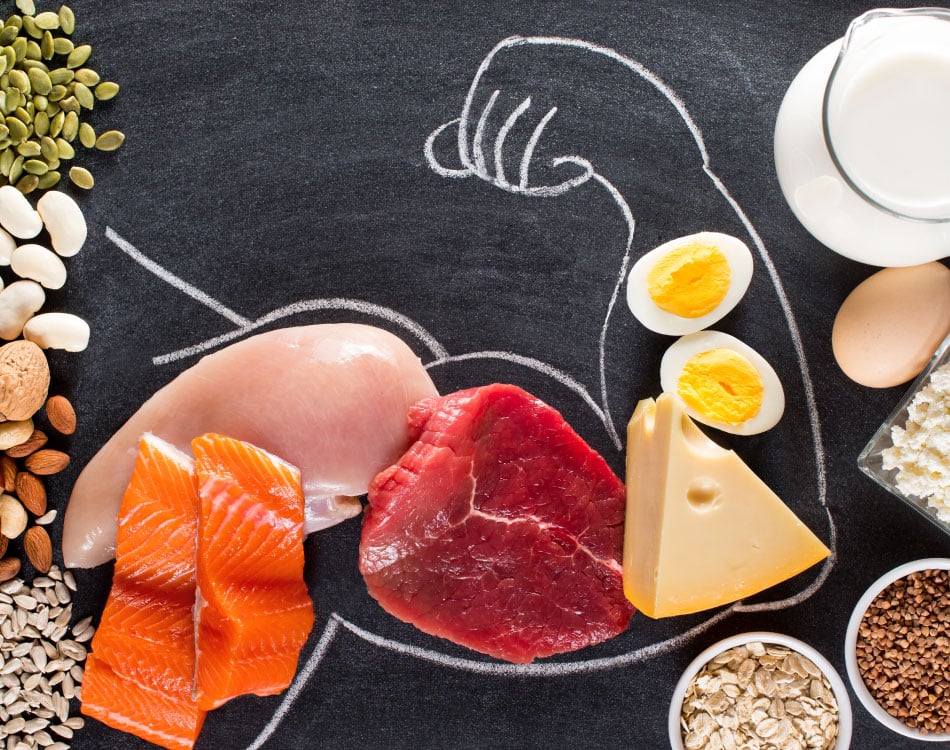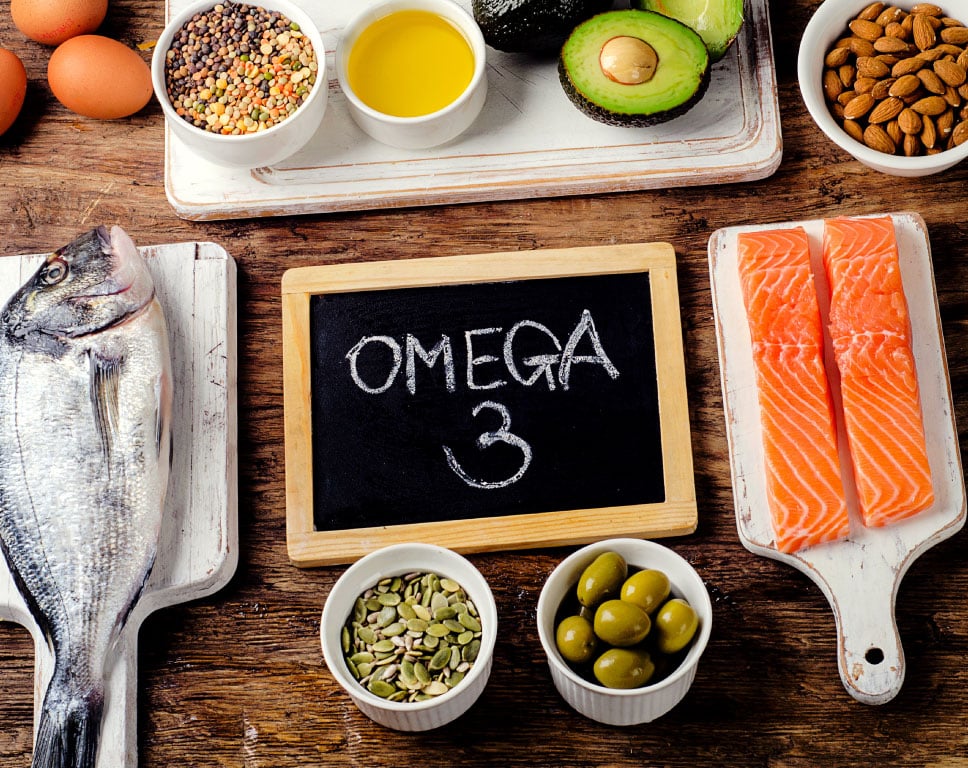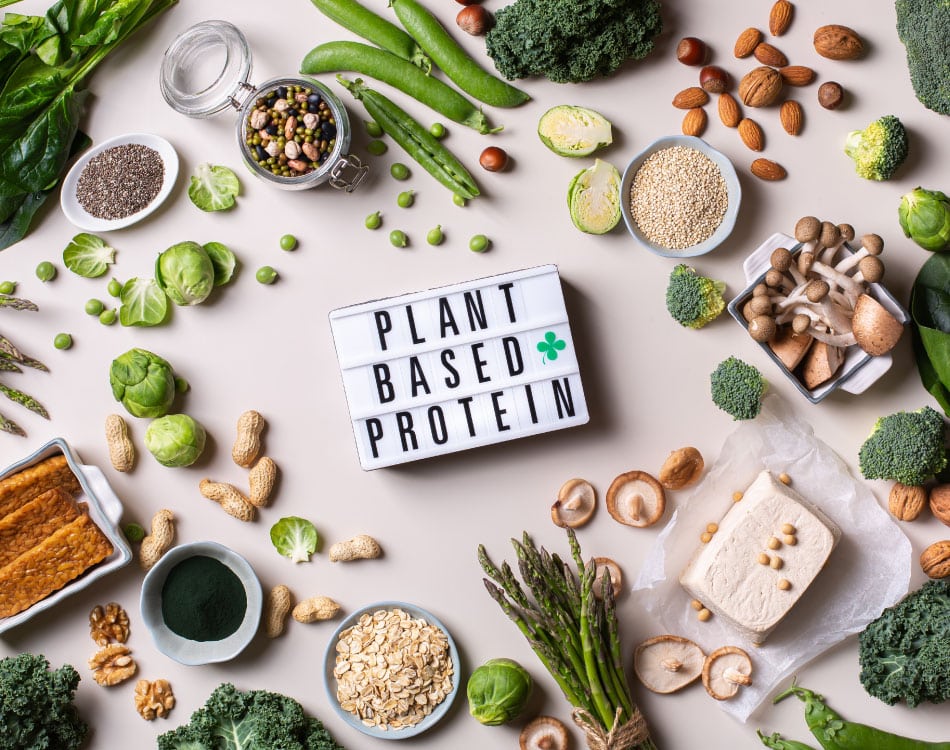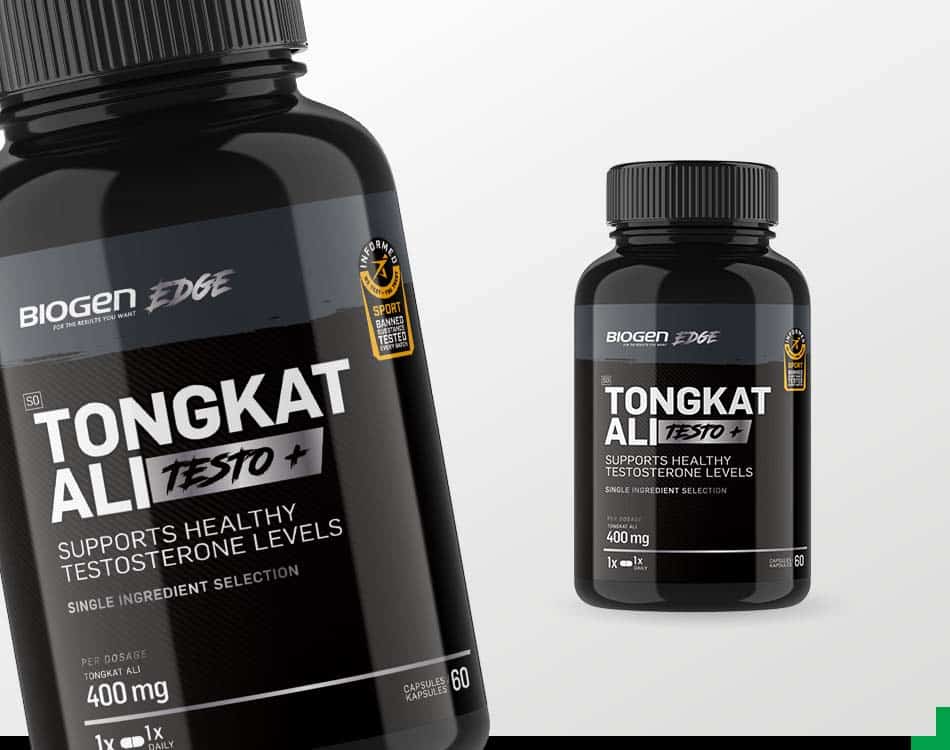Dropping your body fat levels too low digits and building more muscle are two ways to get a rocking hot body.
These 7 steps are how you do it
1. Eat lean – eat clean
Your diet is the most important factor in your quest for low body fat levels, which is why the majority of your effort needs to applied in the kitchen. Your time in the kitchen should be used to prepare ‘clean’ meals for the week so that you’re never caught without suitable healthy options. The calorie content of your meals should be predetermined and controlled to maintain a negative calorie balance (more in point two).
Your meals should also consist of fewer simple or refined carbs (and don’t eat carbs at every meal – more in point nine), be free from sugar and preservatives, and offer adequate amounts of healthy fats and adequate protein to support muscle development. Leave out the cheat meals, snacks and junk food. Reward yourself with the leanest physique out there, which is far more satisfying than the taste of any fast food meal.
2. You need to create a negative calorie balance
If you eat more calories than you burn on a daily basis you’ll pick up weight, regardless of the other dietary manipulation tools you use (read more in point 10). Get specific about your dietary approach by knowing exactly how many calories you consume each day, and how many calories you burn through the combination of your training, your basal metabolic rate, and the rest of your daily activities. Use this info to create a negative caloric balance every day, just don’t go too extreme in this regard as that is a sure-fire method to burning more muscle.
3. Supplementing with fat burning aids
Thermogenic fat burners are effective aids when it comes to incinerating stored body fat. These products use stimulants to raise your basal metabolic rate, which burns more calories throughout the day.
The best formulated products have ingredients that help you to preferentially burn fat as your dominant source of energy. A word of caution, though, these stimulants affect the central nervous system and body in a number of ways, which is why it’s advisable to cycle their use periodically, usually on a 4-6 week ‘on’, and a 2-3 week ‘off’ cycle.
You can also use other effective, but less potent, fat burning products such as L-carnitine and CLA during your off cycles, and in combination with thermogenic products, to further aid fat loss.
4. Don’t skip the cardio
Cardio can be an invaluable tool to help you tap into body fat stores, but only if you use it properly. Steady-state, fasted cardio, done at 50-75% of your maximum heart rate, has its place in any fat-loss programme as it helps your body become more efficient at tapping into stored fat for energy. However, that only happens when glycogen stores are manipulated in the correct manner.
But it doesn’t have to be boring cardio.
In addition, high-intensity interval training (HIIT) can also aid the process by boosting your metabolism above normal resting levels for extended periods of time. The right type of HIIT cardio can help to boost the release of the anabolic hormones already mentioned, like sprinting and metabolic conditioning work such as sled sprints or resisted sprints.
5. Intensify your efforts
Cardio is not the only form of training that requires high intensity work to see results. Boost the intensity of your weight training sessions to build more muscle and burn more fat. The best way to achieve this is to use training techniques such as supersets, training to failure, giants sets and pyramid sets. Reducing the rest intervals between sets and exercises, and performing supersets with antagonist (opposing) muscle groups are also great ways to increase the intensity and volume of your weight training sessions.
6. Manipulate your macros
With all the hype, and the growing body of research around the benefits of low carb, high fat (LCHF) diets, it is clear that carbohydrates and insulin, when combined with excessive calorie intakes, are the main reasons for the accumulation of body fat. As such, it is essential that you are strict about the types of carbs, the total amount of carbs, and when you eat those carbs each day.
The general consensus is that fibrous vegetables should be the dominant source of carbs in your diet, with as little processed carbs and simple sugars as possible.
High glycaemic index (GI) carbs are ideal for use before, during and after workouts, while natural, low GI carbs are the better option for use at other times of day.
Carb manipulation techniques such as carb cycling and carb backloading are ideal tools to ensure you consume enough carbs to fuel workouts and promote muscle gain, without increasing fat stores.
It is also essential to eat sufficient protein to aid the recovery process and spare muscle tissue during periods of calorie restriction and intense training.
7. Meal frequency
Conventional wisdom dictates that eating five or six smaller meals a day provides bursts of food-derived energy, which are more efficiently utilised, leaving little over to be stored as fat. Eating in this manner also helps to ‘rev’ up your metabolism and keeps your body working to digest food throughout the day, which helps to increase your basal metabolic rate in its own small way.
However, there is a second option that is proving to be very effective – intermittent fasting. This approach requires adherents to consume all their meals within a specific, limited timeframe each day, which is then followed by long periods of fasting. Common structures include daily cycles of consuming food within an eight-hour window and then fasting for 16 hours a day, or a 5:2 weekly cycle of five days of normal eating followed by two days of fasting. The major concern with intermittent fasting, for the physique conscious at least, is that the likelihood of muscle loss is higher. Both ‘healthy’ approaches seem to aid both weight and fat loss for certain people though. The trick is to find what works best for your genetics, physiology and lifestyle.



